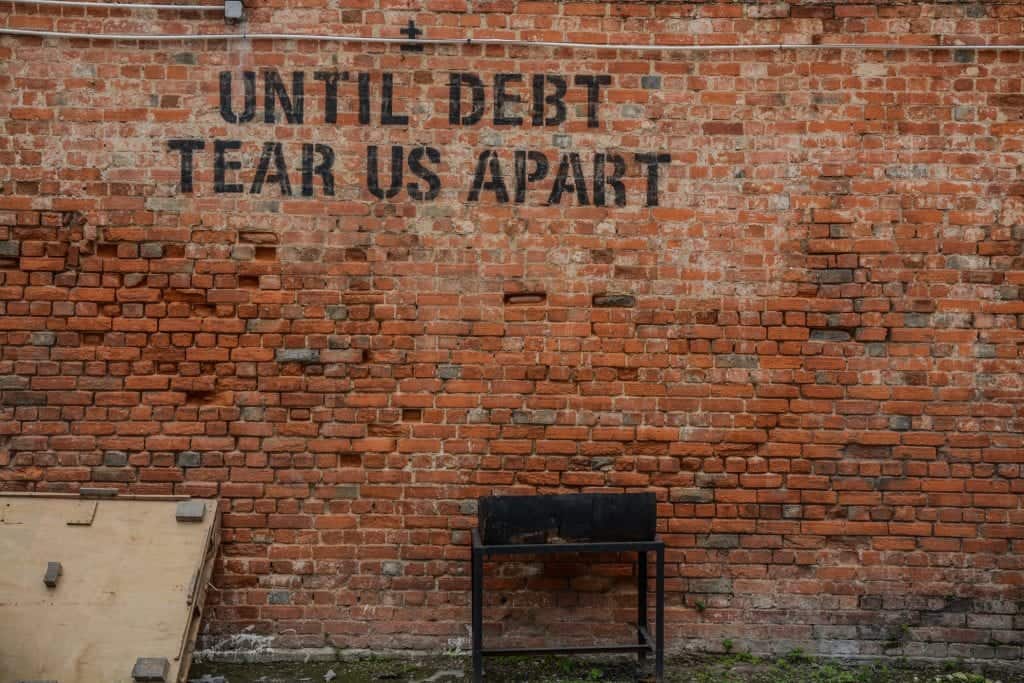Many of the factors that determine our social labels and future success are placed upon us at birth. Uncontrollable and at times unfortunate, what can we do to forge new paths for realizing every person’s potential? That is a question that drives our social sector, our development goals, and our philanthropy.
The answer is complex and varies depending on the challenge one is facing, but one factor has exponentially accelerated our ability to provide opportunities: technology.
Technology holds a lot of promise for nonprofits and social good organizations because it can lead to a cascade of ecosystems that speak to each other and extend an organization’s reach and impact.
While there are pros and cons to our uses of technology, companies who are using it for good are seeing benefits including developing ways to minimize bias, increase access to knowledge, provide a means of identification, and improve financial inclusion, to name a few.
The Damaging Silence of Financial Shame
Admittedly, improving financial inclusion did not originally sound alluring to me. I was raised to never talk about money. I also grew up in an era of an accepted, if not expected, reliance on credit cards and debt that was, of course, never discussed. It was a damaging shame spiral and I felt helpless in my silence.
Fortunately, technology was quickly and widely adopted by the financial sector. Corporations and nonprofits vied for consumer attention. I appreciated the basic services of banking and shopping online. I was even able to do most of my bill payments and donations online. These services offered convenience and visibility. I set up a budget tied to my bank account and downloaded a couponing app to save money automatically. Technology gave me the means to better understand my finances.
However, I only considered my money, my financial well-being, and tools that served my needs. I lacked empathy for how others interacted with their money and I still never openly talked about money.
That has changed. I now believe that money is an acceptable and important conversation. The social constructs that “put us in our place” can be challenged and overcome when we’re willing to understand and improve our relationship with our finances. This understanding and the potential impact is multiplied when we can think beyond our own personal finances and follow the interactions of money as it navigates through our communities.

Challenging Assumptions Leads to Empathy
Here are 10 stories and statements that have shifted my perspective since I started working in FinTech. I now find growing financial inclusion to be an important part of my work and I find our projects very exciting.
- Short term savings goals, like any other goals, are more easily achieved with group accountability partners who support you when you falter and who celebrate your wins. Financial goals can be fun and social.
- Some youth enter adulthood with bad credit. Not because of anything they’ve done, but because someone they know has used their identity to get a loan or a credit card.
- While detrimental, don’t be too quick to judge one’s poor financial decisions because sometimes that bad choice is what stands between a crisis and feeding a family.
- Many citizens are happy to receive large tax refunds without any understanding that this means they’ve overpaid the government and have gone without this money all year.
- City officials make incredibly tough decisions when balancing our city budget and usually only hear one-sided perspectives from siloed departments who seek funding and citizens who would like to lower taxes or improve a particular initiative.
- Predatory payday loans perpetuate a cycle of debt and poverty. One woman shared that her fees on a $50 loan were now over $800 because she couldn’t get ahead of it. The larger it grew, the harder it was to climb out of the hole.
- Check cashing centers have a system where people must pay to get their paychecks onto cash cards that then, also require them to pay per transaction as they spend their money.
- There are barriers for lower-income families, immigrants, and those living in remote and rural areas to obtaining and using traditional banks, which leaves them susceptible to predatory services.
- When investing in yourself by saving money in the bank, shouldn’t you care about where the bank invests your money? How would you feel if the bank used your money to invest in something that contradicts your values?
- As consumers, we have the power to vote with our dollars. We can choose to purchase from companies with ethical and sustainable supply chains. We can demand transparency, durability, and reliability. We can and do drive change.
Money’s Role in Social Change
Everyone is born into a particular economic situation and it affects our upbringing. That, in turn, affects our access to quality education and eventually, our career opportunities, financial future, and a legacy for future generations.
There are programs that strive to break these cycles of inequity and technology has been a driving force in growing reach and positive impact. But at the end of the day, we have to shake off our chains and start talking about money and our financial health. How we use money personally and with each other as it changes hands within our community affects us all. In doing so, we’ll uncover solutions to bridge the gaps between finances and opportunities, in spite of the situations we were born into.
Technology’s Promise
As technologists who design and build software to grow impact, CauseLabs strongly advocates social good organizations explore the promise of technology for financial inclusion programs. They should use caution, however, as identifying what will make an impact can be a difficult and costly journey if the right approach is not followed.
As organizations commit to a digital strategy for financial inclusion, they face tough choices. Use something off the shelf? Build a custom solution? Where to invest limited budget? What devices does their audience use? In some cases, they may not even know what questions they need to ask to determine their opportunities.
All too often, we meet with nonprofits that know what is possible through technology, but they don’t know what’s necessary to achieve it. This can be daunting as technologists uncover the work and challenges involved in considering the many facets of building custom tools.
Keeping the mission and problem statement at the forefront of the digital strategy can ensure that the tools we build improve financial health and serve as a launchpad for conversations on personal and community economic growth.

